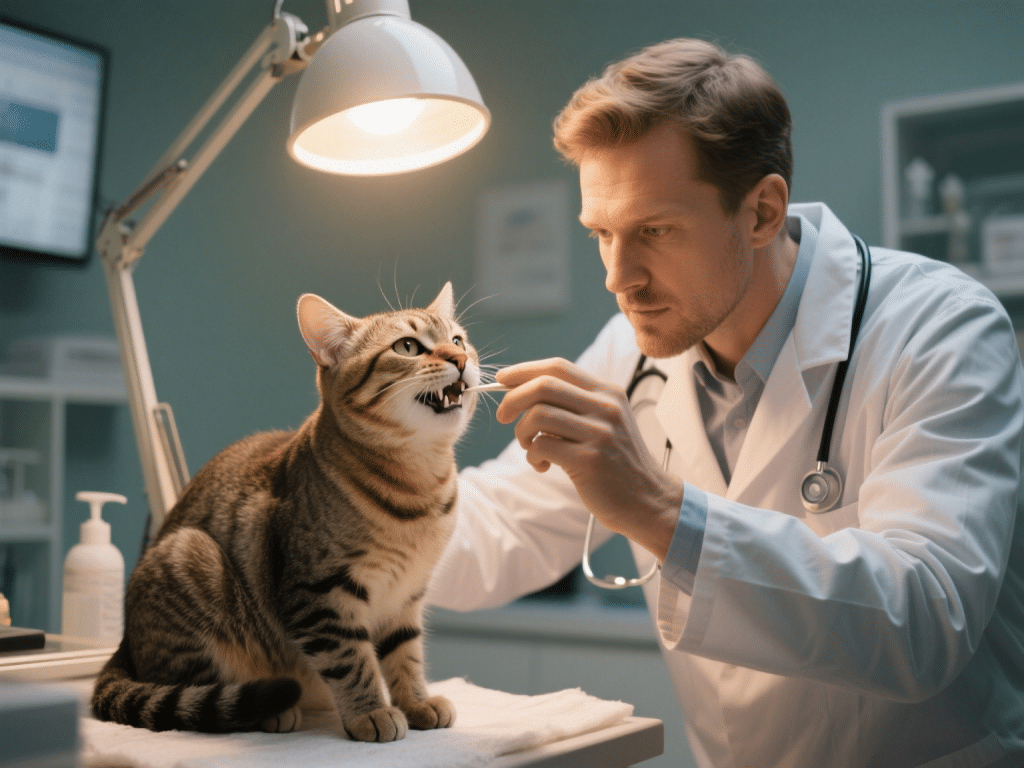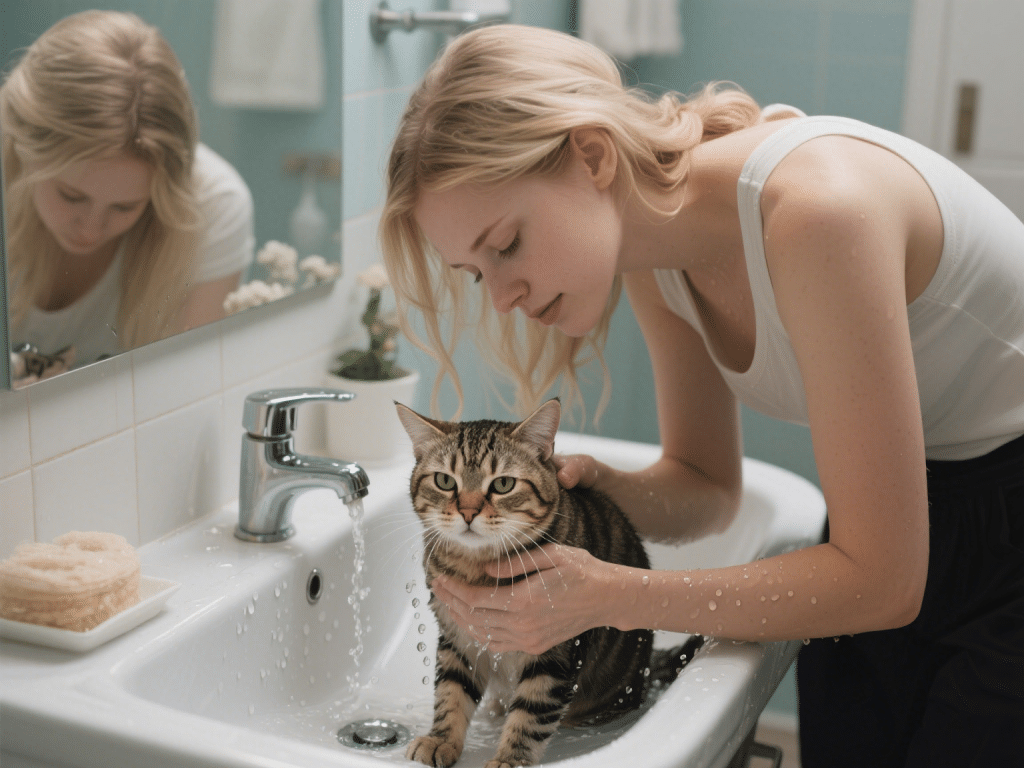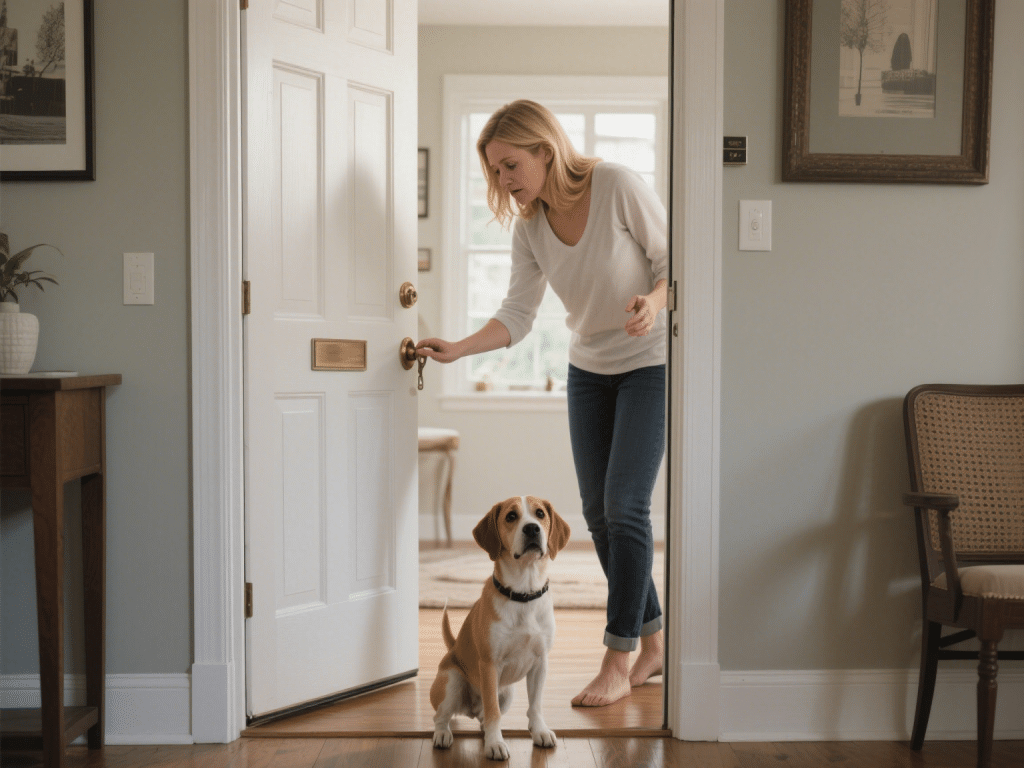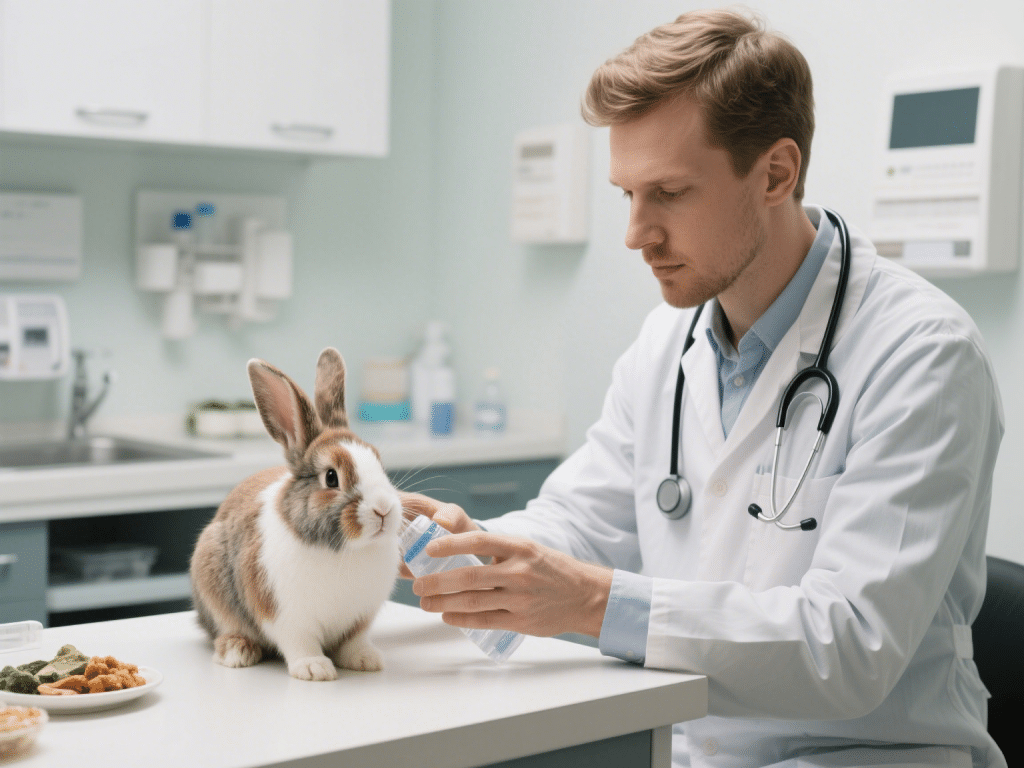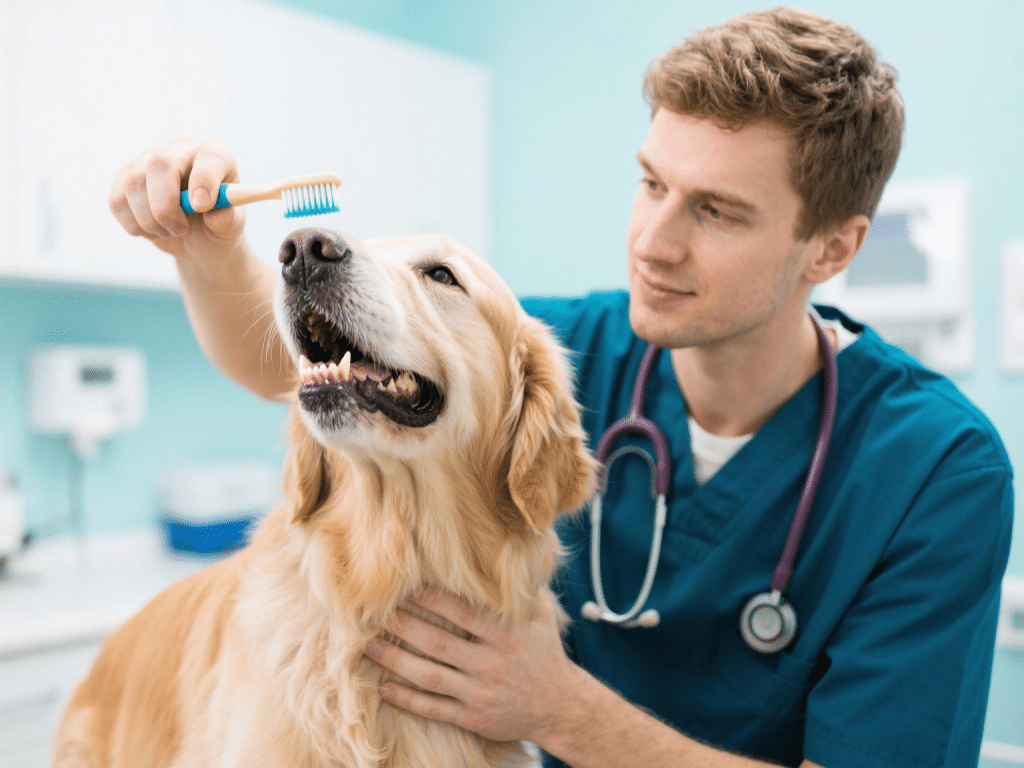
Introduction
As pets age, they undergo physical and behavioral changes that require special care and attention. Early recognition of these signs helps prolong their golden years, ensuring they remain comfortable and happy. This guide explores common aging indicators and how to support senior pets effectively.
1. Physical Signs of Aging
Gray Hair and Coat Changes: As early as age seven in large dogs or nine in small breeds, graying appears around the muzzle and face. Cats may develop coarser fur.
Reduced Mobility and Arthritis: Stiffness, difficulty rising, or reluctance to jump onto furniture suggests joint pain. Arthritis affects up to 80% of dogs over eight years old and many older cats.
Dental Disease: Tartar buildup, gum recession, and tooth loss can cause difficulty eating or foul breath. Regular dental checks become vital.
Weight Fluctuations: Muscle mass declines with age, leading to a “skyline” appearance (prominent ribs). Conversely, reduced activity may cause weight gain.
Reduced Vision and Hearing: Cataracts, lens thickening (nuclear sclerosis), or hearing loss manifest as slower reactions to sight or sound cues.
2. Behavioral and Cognitive Changes
Decreased Activity and Interest: Seniors often nap more, play less, and show diminished enthusiasm for walks or exploration.
Altered Sleep Patterns: Disrupted nighttime sleep, increased daytime napping, or waking frequently can indicate discomfort or cognitive decline.
House Training Regression: Forgetting previously learned bathroom behaviors can occur due to weakened bladder control or cognitive dysfunction syndrome (CDS).
Increased Vocalization or Anxiety: Cats may meow at night; dogs may whine, pace, or seem confused when routines change.
3. Health Conditions Common in Senior Pets
Arthritis and Joint Degeneration: Degenerative joint disease often leads to pain and reduced mobility. Early intervention slows progression.
Kidney and Liver Disease: Age-related decline in organ function can cause increased thirst, urination, vomiting, or lethargy.
Heart Disease: Cavaliers and Boxers are predisposed to dilated cardiomyopathy; murmurs and cough can indicate cardiac issues.
Cancer Risks: Older pets have higher cancer incidence—lymphoma, mammary tumors, or osteosarcoma. Regular screenings detect early growths.
Cognitive Dysfunction Syndrome (CDS): Similar to dementia in humans, pets with CDS show disorientation, altered interactions, and changes in sleep-wake cycles.
4. Nutritional and Dietary Adjustments
Senior-Specific Diets: Formulations lower in calories, higher in fiber, and rich in joint-support supplements (glucosamine, chondroitin) help maintain ideal weight and joint health.
High-Quality Protein Sources: Preserve lean muscle mass. Look for easily digestible proteins like chicken, turkey, or fish.
Antioxidant and Omega-3 Fatty Acids: Supplemented diets support cognitive function, cardiovascular health, and reduce inflammation.
Feeding Schedule and Portion Control: Smaller, frequent meals aid digestion and accommodate reduced metabolic rates.
5. Environmental and Lifestyle Support
Orthopedic Beds and Ramps: Provide memory foam beds to alleviate joint pain. Install ramps or steps leading to favorite spots (sofa, bed, car).
Regular, Low-Impact Exercise: Gentle walks, swimming, or indoor play with soft toys maintain muscle tone without stressing joints.
Mental Stimulation: Use puzzle feeders, interactive toys, or scent games to keep the mind engaged and slow cognitive decline.
Routine Veterinary Checkups: Biannual exams after age seven catch emerging issues early. Include bloodwork, urinalysis, dental evaluations, and cardiac auscultation.
6. Social and Emotional Care
Consistent Routine and Gentle Handling: Older pets appreciate predictability. Avoid sudden schedule changes and handle them carefully to prevent pain.
Companionship and Comfort: Spend extra cuddle time; talk soothingly. For solitary seniors, consider a gentle companion (another senior pet) only if temperament matches.
Monitor Comfort Levels: Observe for signs of pain—limping, reluctance to move, trembling. Consult your vet for pain management options like NSAIDs, acupuncture, or physical therapy.
Conclusion
Aging is a natural part of a pet’s life, and early recognition of physical, behavioral, and cognitive changes allows you to provide targeted support. By adjusting nutrition, environment, and healthcare routines, you can help senior pets maintain a high quality of life. Regular veterinary visits and attentive, compassionate care ensure their twilight years are as comfortable and joyful as possible.

